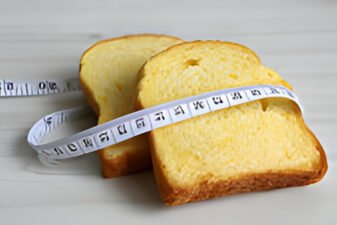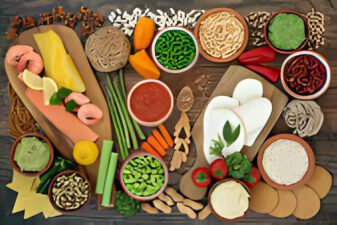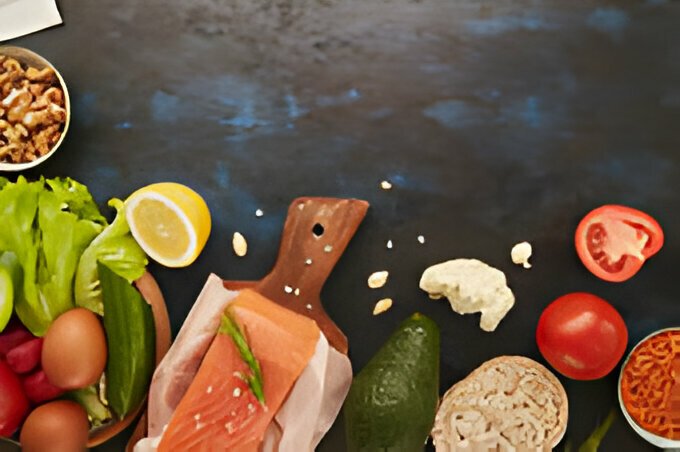Carbohydrates are a class of natural organic substances that includes sugars, starch and cellulose (indigestible plant fiber). The digestion of a particular carbohydrate in the gastrointestinal tract depends upon the complexity of the carb’s molecular structure – the more complex it is, the harder the digestive system must work to break it down in order to absorb it into the bloodstream. In simple terms, carbs divide into 3 types: (1) monosaccharides, like glucose (dextrose or corn sugar), fructose (fruit sugar) and galactose, which are digested rapidly; (2) disaccharides, like sucrose (table sugar), lactose (milk sugar) and maltose, which are digested quite quickly; (3) polysaccharides, like starch, which take longer to digest; and (4) very complex carbs, like cellulose (indigestible plant fiber) which cannot be digested at all.
How We Digest Carbohydrate
In simple terms, our digestion system – from the mouth to the small intestine – is designed to break down disaccharides and polysaccharides into monosaccharides. This metabolism of carbohydrates is achieved through the secretion of a number of digestive enzymes into the gastrointestinal tract (especially in the duodenum) where they attack carbohydrates and gradually convert them into simple sugars like glucose so they can be absorbed into the blood. Digestive enzymes are like biological scissors – they chop long starch molecules into simpler ones.
In the Mouth
The process of digesting carbohydrates begins in the mouth. Our saliva contains an enzyme called amylase that starts breaking down the more complex carbs into simpler types.
In the Stomach
Enzyme activity continues in the stomach, but slows down significantly as digestive acids are released into the stomach by the glands.
In the Small Intestine
Another version of amylase is secreted by the pancreas into the duodenum (first section of small intestine). This cuts down carbohydrates into simple sugars – maltose, lactose and sucrose. As the carbohydrate passes further into the intestine, the enzymes maltase, lactase and sucrase chop maltose, lactose and sucrose into smaller bits, more easily absorbed, which are eventually converted to glucose and absorbed through the intestinal walls into the bloodstream.
Glucose Metabolism By The Liver
After carbohydrates are duly broken down into glucose, in the duodenum and jejunum of the small intestine, the glucose is absorbed into the bloodstream and taken to the liver, where it is stored or distributed to cells throughout the body for energy. In this way, the liver regulates blood glucose levels to provide sufficient energy for the body. For example, excess glucose (a cause of hyperglycemia) is converted in the liver to glycogen (glycogenolysis) in response to the hormone insulin, and stored. Likewise, if blood sugar levels fall, (eg. between meals), the glycogen is re-converted to glucose (glycogenolysis) in response to messages conveyed by the hormone glucagon, to prevent hypoglycemia. If glycogen levels are exhausted, glucagon can trigger the formation of glucose from some amino acids (protein) or glycerol (fats) – a process called gluconeogenesis.
What Determines Speed of Carb Digestion
Generally speaking, the speed of digestion is determined by the chemical nature of the carbohydrate itself, and thus how “resistant” it is to the activity of the enzymes. A simple sugar is much less resistant than a starch, and is digested or metabolized much faster. Things that slow down digestion include: the presence of acid (from gastric juices or the food itself), and the presence of soluble fiber.










